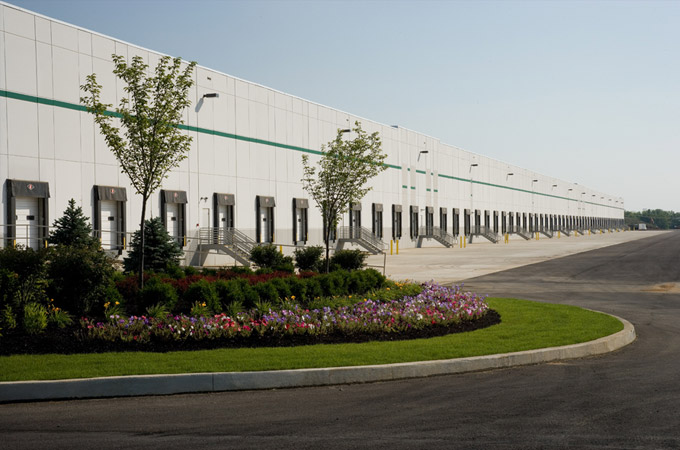The Mowery team understands the impact a general construction project can have on a community and the environment. As a result, we strongly believe in sustainable construction methods that protect the environment and maintain a healthy space for residents to live, work, and play. A simple way to achieve this goal is to plant native plants around the structures our team designs and builds.
What Is A Native Plant?
Native plants refer to the types of plants that grew in a region before the colonization by Europeans. These are plants you can find naturally in the wild. Pennsylvania’s 2,000+ native plants include grasses, ferns, trees, shrubs, wildflowers, and more.
To learn more about the native plants in Pennsylvania, including their benefits and tips on how to use these plants, check out The Penn State Extension’s Why Use Native Plants? article.

Dogwood tree. Credit: Stauffers of Kissel Hill
Why Is It Important to Care for Native Plants?
Removing native plants or introducing new plants to the environment can potentially cause negative impacts on a region’s natural ecosystem. Much of Pennsylvania’s wildlife, including insects, rely solely on native plants for their diet. Drastic changes in native landscape can decrease an insect population, which impacts birds, then other small animals, and so on down the line.
Learn more about what the Department of Conservation and Natural Resources is doing to protect Pennsylvania’s rare plants here.
What Are the Benefits of Using Native Plants?
From education facility construction to auto dealership construction, no matter what market we are providing general construction services to, utilizing native plants in landscaping presents attractive benefits for our clients and the environment, which include:
- Low maintenance
- Adaptation to Pennsylvania’s climate
- Natural source for bird food and pollinators
The Department of Conservation and Natural Resources provides a list of tips for landscaping with native plants and where to buy native plants.

Project: Prologis Park 33
How Can Native Plants be Incorporated into Landscaping?
While Central Pennsylvania boasts acres of state parks, farmland, and game lands, the area is also home to large warehouses and lively downtown communities, which is why it is important the Mowery team finds ways to mindfully incorporate native plants into landscaping.
Downtown Features
Living in downtown areas is an attractive option for individuals of all ages. As more people take interest in moving their corporate office spaces, senior living facilities, apartment complexes and more into areas where restaurants, activities, and amenities are within walking distance, it opens opportunities for native plants to be incorporated into downtown spaces.
When completing projects in downtown areas, the Mowery team aims to incorporate native plants into spaces around the buildings by redeveloping street systems to incorporate tree-lined walkways, or by adding native plants to local parks.
Industrial Buildings
Central Pennsylvania is home to over 100 warehouses and distribution centers. While these buildings can take up land, they do provide a large area for planting native trees around the perimeter or creating a natural barrier between properties. Low shrubs, ferns, or other plants can be incorporated to sustain insects and birds.
Rails to Trails Systems
Many towns and cities are converting old railways into trails or simply creating new trail systems that provide residents with a safe place to walk, run, or ride bikes. Not only are they a safe place for healthy activity, they also have become a haven for wildlife. Supporting these trail systems by planting native trees and other flora can make an attractive space for animals, insects, and the community. Investing in community features like this can create an appealing feature for potential residents or business owners, generating a demand for new housing or commercial space.
Why Mowery?
At Mowery, not only do we care a lot about providing a remarkable construction experience, but also about how the environment is going to experience the buildings we create. We strive to incorporate native plants into the spaces surrounding our final builds as well as integrate our Leadership in Energy and Environmental Design (LEED) strategies when possible. Through a focus on sustainable sites, water efficiency, energy and atmosphere, materials and resources, indoor environmental quality, and innovative design processes, our team is well versed in construction to achieve LEED Certification.
Learn more about Mowery’s commitment to sustainable design-build practices here.
 Login
Login
